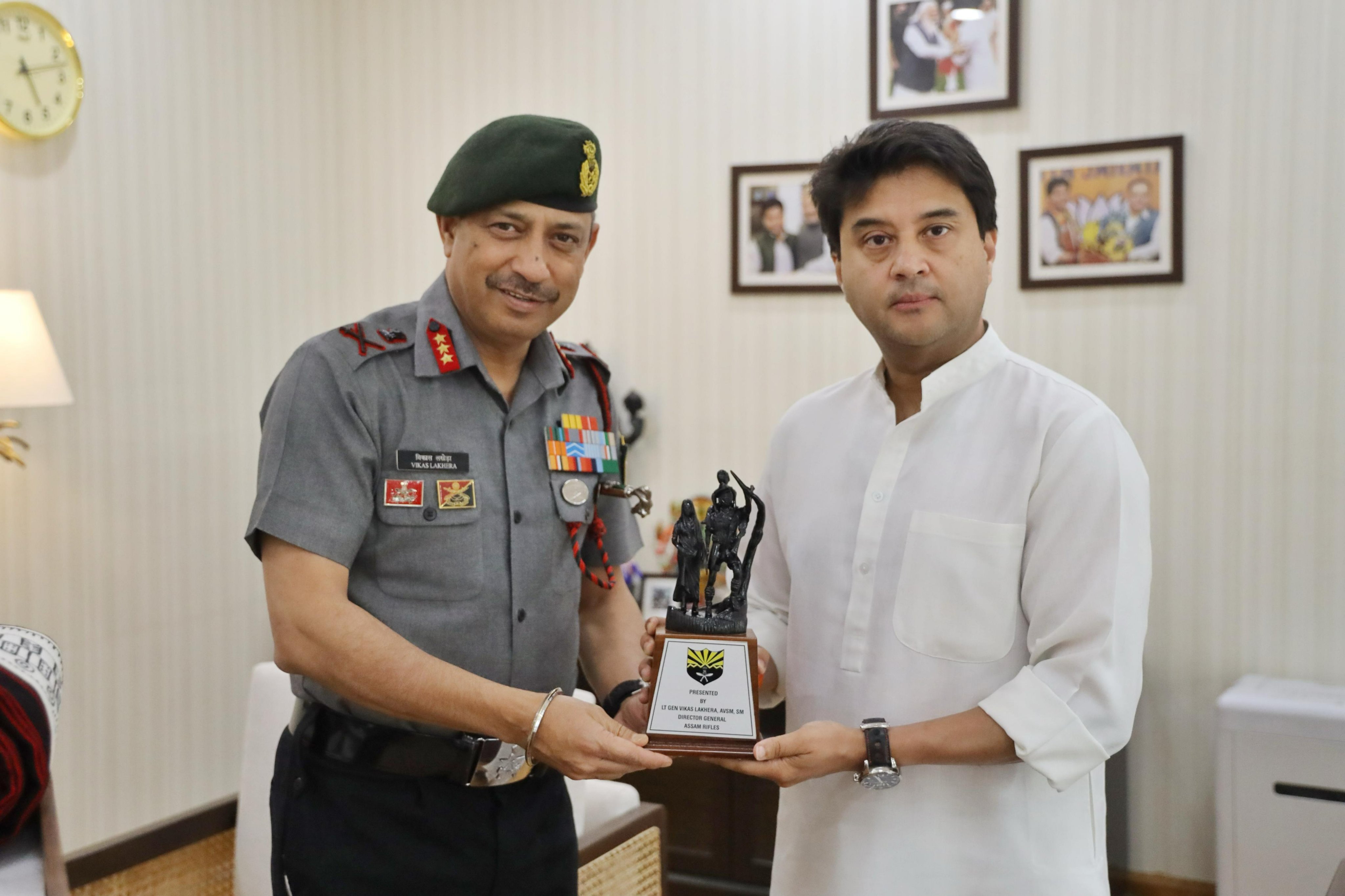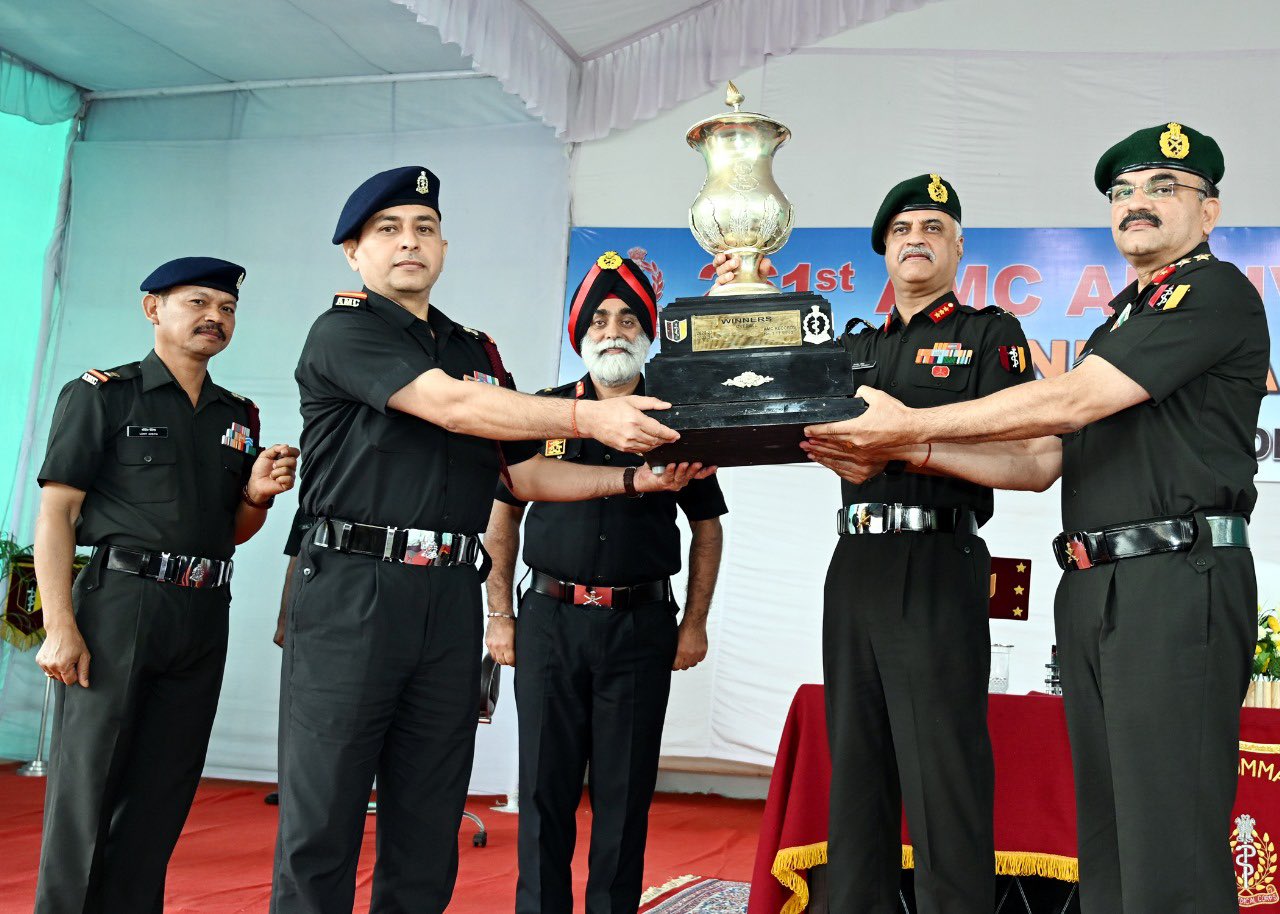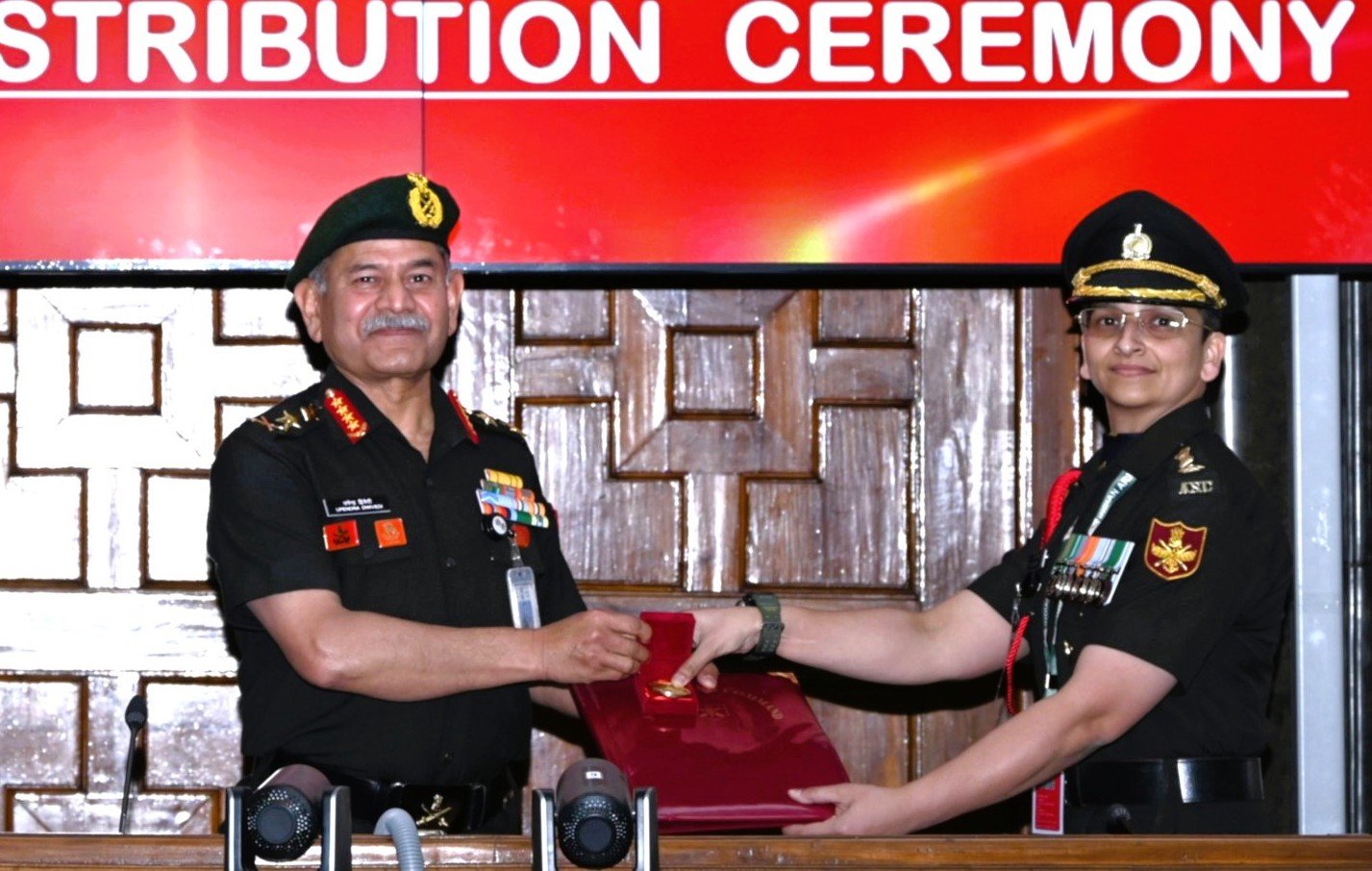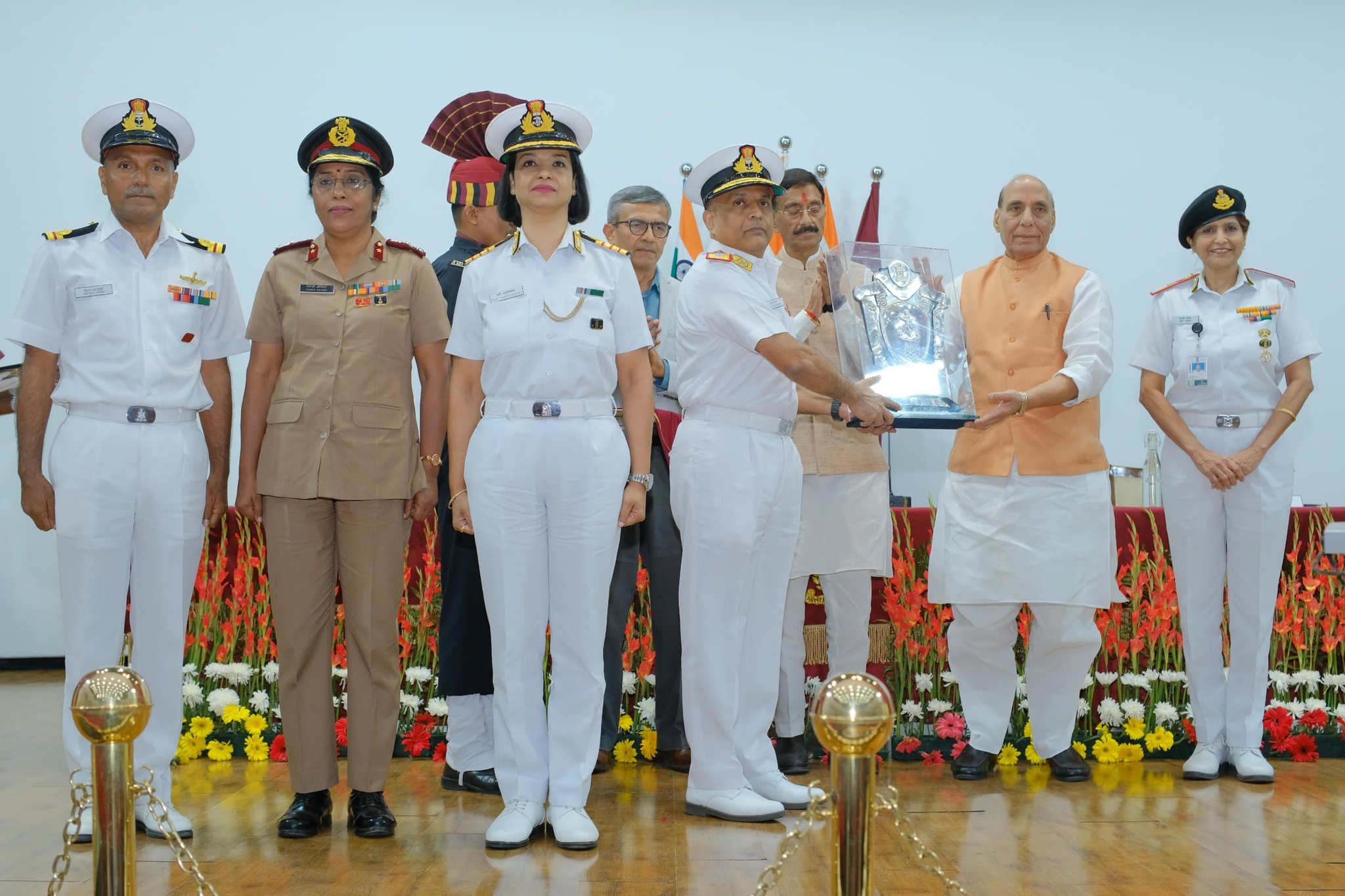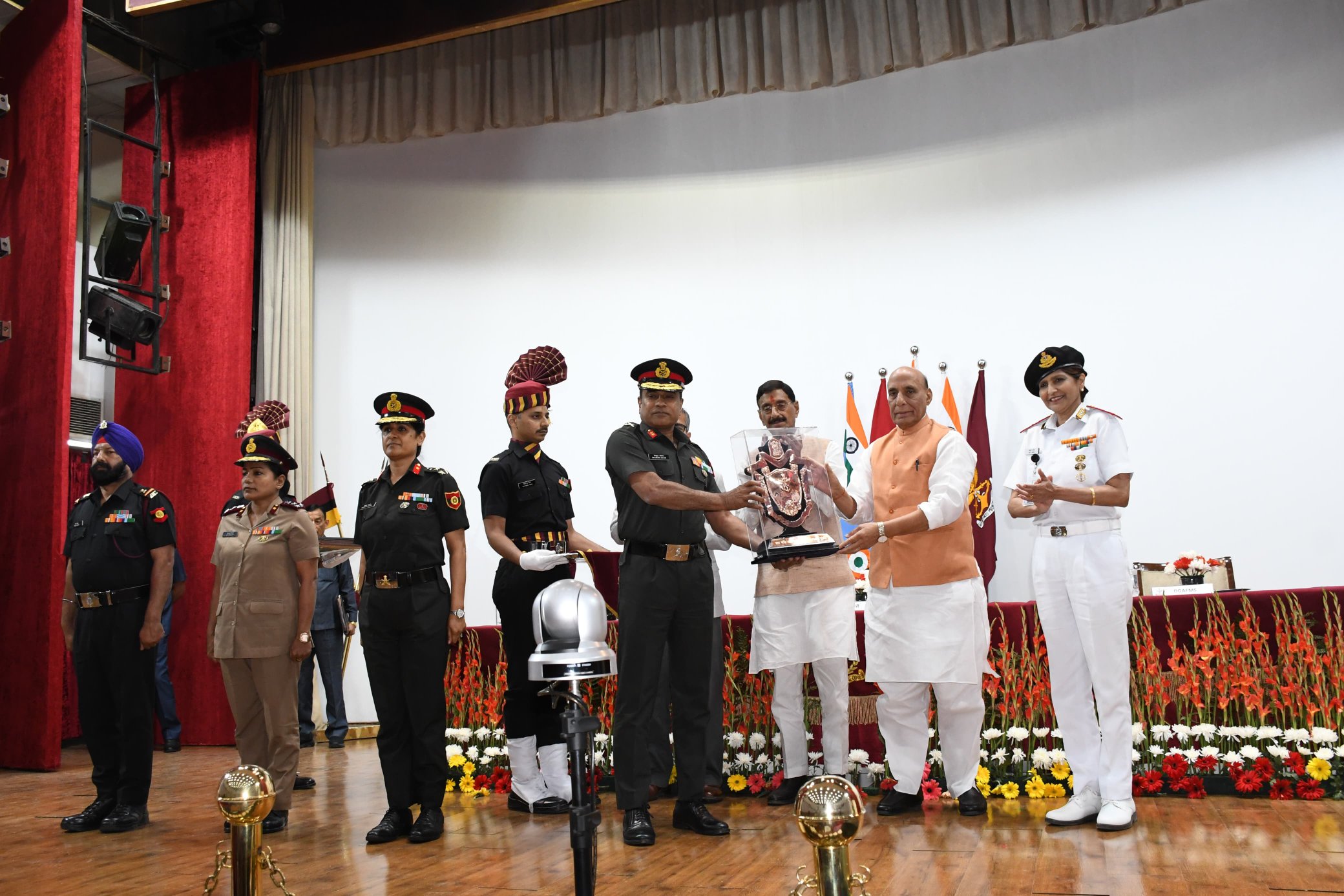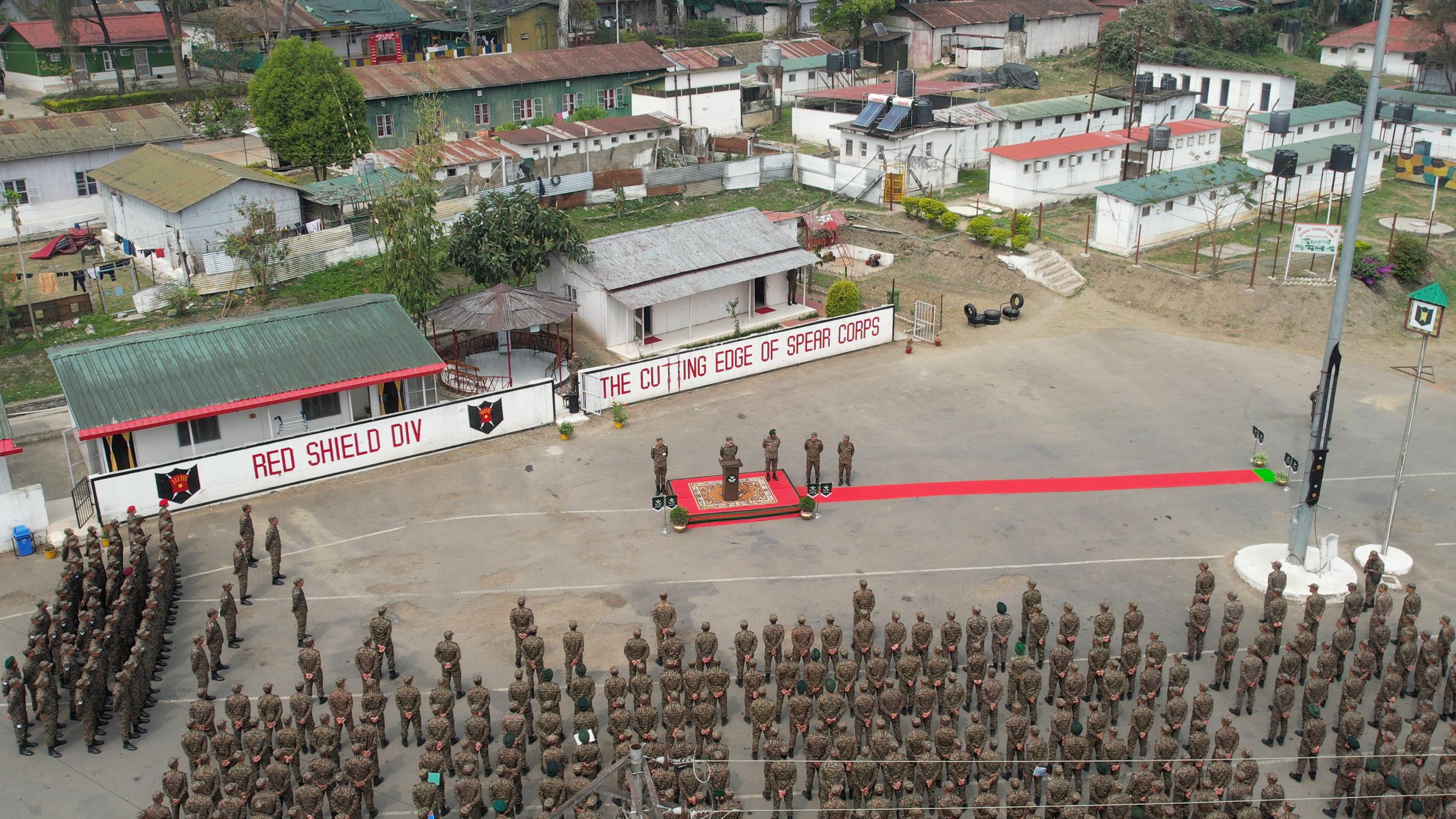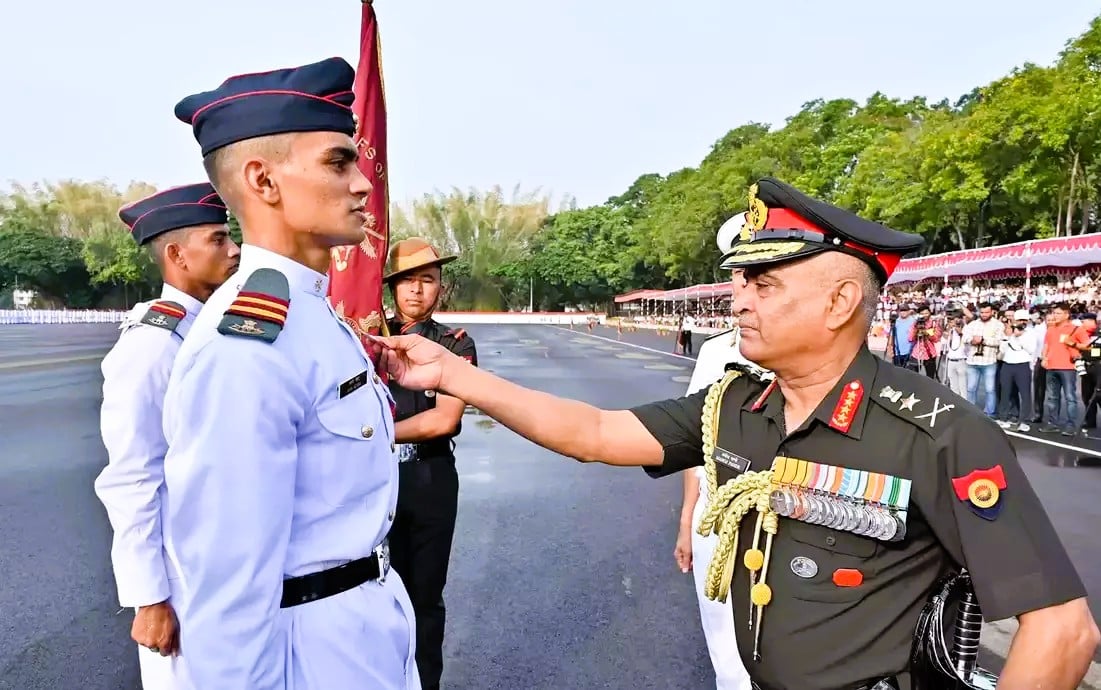The Indian Army has marked a significant milestone by successfully conducting a patrol at one of the five designated Patrolling Points in Depsang Ara, Eastern Ladakh. This announcement was made by the Leh-based 14 Corps on November 4, 2024. The recent activity signifies the first time patrolling has resumed in the area since the disengagement process that took place the previous week, as well as since the beginning of the prolonged stand-off in May 2020.
The patrolling operation was conducted following a mutual agreement between Indian and Chinese forces for disengagement and reinstatement of patrols in both Depsang and Demchok, as outlined by the 14 Corps in a post shared on X. During this successful patrol, the Indian Army gained access to Patrolling Point 10, a move that is seen as a positive step toward maintaining peace and tranquility along the Line of Actual Control (LAC).
The recent disengagement distinctly completed the last remaining friction points of the 2020 standoff, particularly in the Demchok and Depsang sectors, reverting the situation to a status quo akin to what existed before April 2020. Immediately following the completion of disengagement at these crucial locations, the Indian Army resumed its patrol operations in Demchok just a day later.
With the resumption of patrols at Depsang, Indian forces are now able to conduct patrols up to Patrolling Points 10, 11, 11A, 12, and 13. It is noteworthy that these points had not been accessed since January 2020. While Patrolling Points 11A, 12, and 13 are situated on the Limit of Patrolling (LoP), points 10 and 11 lie significantly before the LoP boundary. The Depsang region is characterized by the greatest distance between the LoP and the LAC, making this area particularly strategic.
With completion of the disengagement process across all friction points, the next phase involves formulating new patrolling norms along the LAC. Plans also include resuming patrol activities at other friction points such as Galwan, Patrolling Points 15 and 17A in the Gogra Hotsprings area, as well as the northern and southern banks of Pangong Tso, where current arrangements include buffer zones.
Following the finalization of the disengagement, both Indian and Chinese military commanders carried out on-ground verification to ensure that the terms were adhered to. Meetings among ground commanders of brigadier rank and lower were convened last Wednesday to finalize the modalities for future patrols in Depsang and Demchok. In an effort to prevent confrontations during these patrols, it has been agreed that the timing and frequency of patrols will be coordinated between the two sides.
However, there is some uncertainty regarding how far the Indian Army will be permitted to patrol in the Demchok area, particularly given the long-standing stand-off in the region since 2017. The recent agreements emphasize restoring the ground situation to pre-April 2020 conditions, leaving ambiguity regarding the extent of patrol permissions moving forward.



